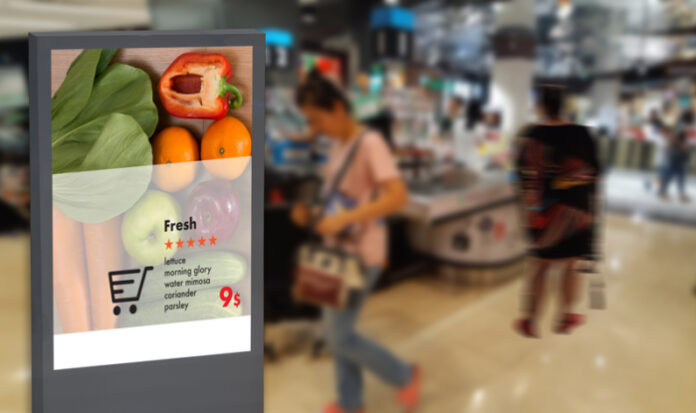
Exploring the Innovative World of Digital Signage in Modern Retail
Ever wondered how those vibrant screens in your favorite stores are changing the way you shop? In this article, dive into the world of digital signage and its impact on retail. From personalized promotions to interactive wayfinding, these displays are enhancing the shopping experience.
Shoppers today expect more from their retail experience. A new study revealed that 80% of consumers are more likely to enter a store if it has engaging digital signage. These displays provide real-time updates on sales, showcase customer reviews, and even offer interactive maps to help customers navigate the store, making the shopping experience more convenient and enjoyable.
While traditional print signage requires frequent updates and replacements – digital signage can be updated instantly at minimal cost. This flexibility allows retailers to keep their content fresh and relevant, ultimately driving more sales and reducing overall marketing expenses.
Technological Benefits
One of the key technologies behind effective digital signage is the integration of IoT (Internet of Things). By connecting digital displays to various sensors and devices, retailers can gather real-time data on customer behavior. For example, motion sensors can detect how long a customer spends looking at a particular product, allowing the retailer to adjust the displayed content accordingly to maximize engagement.
One of the significant benefits of digital signage is its ability to captivate and engage customers through dynamic and interactive content. Unlike static signs, digital displays can feature videos, animations, and live updates that draw the eye and keep shoppers interested. According to a report by Digital Signage Today, digital displays capture 400% more views than static displays. This increased engagement translates directly into higher sales and improved customer satisfaction.
Enhancing Communication and Customer Engagement
A prime example of effective digital signage in action is the use of interactive kiosks in grocery stores. Companies like Tesco have implemented digital kiosks that allow customers to search for products, find recipes, and check nutritional information. These kiosks not only enhance the shopping experience but also provide valuable data on customer preferences and behaviors. Another example is the use of digital menu boards in fast food chains like McDonald’s, which update in real-time to reflect current promotions and inventory levels.
Digital signage in modern retail also plays a crucial role in enhancing the overall customer experience. By providing relevant and timely information, digital displays help reduce perceived wait times and streamline the shopping process. For instance, digital queue management systems in banks and service centers inform customers of their wait time and direct them to the appropriate service counters, thereby improving efficiency and customer satisfaction.
Additionally, the versatility of digital signage extends beyond the traditional retail environment. Educational institutions, healthcare facilities, and corporate offices are increasingly adopting digital signage to enhance communication and customer engagement. For example, universities use digital displays to share campus news, event schedules, and emergency notifications. In healthcare settings, digital signage provides patients with real-time information on wait times, health tips, and wayfinding assistance. This cross-industry adoption underscores the transformative power of digital signage in improving information dissemination and user experience across various sectors.
Conclusion
Ultimately, digital signage in modern retail represents a significant leap forward in how information is shared and consumed in retail and beyond. Its ability to provide dynamic content, real-time updates, and personalized experiences makes it a crucial tool for modern businesses. As retailers and other industries continue to explore the full potential of digital signage, they will discover innovative ways to engage their audiences and streamline operations. Embracing these technologies not only enhances customer satisfaction but also drives business growth and efficiency. Looking ahead, the continuous advancements in digital signage technology promise to keep it at the forefront of customer interaction and engagement strategies.
Find a Home-Based Business to Start-Up >>> Hundreds of Business Listings.















































